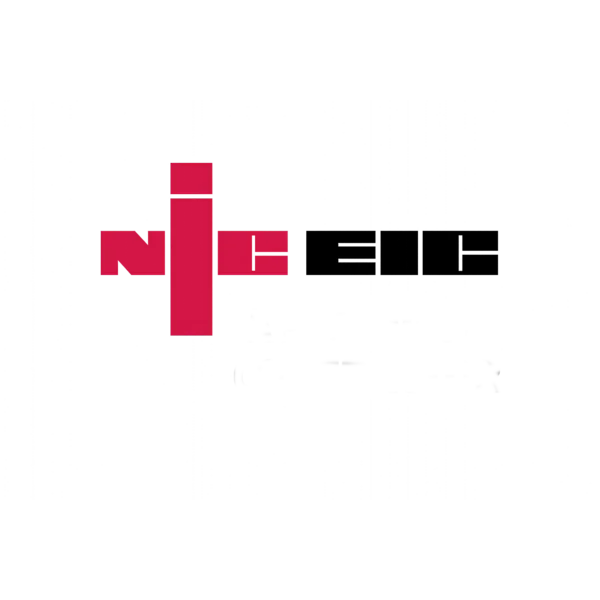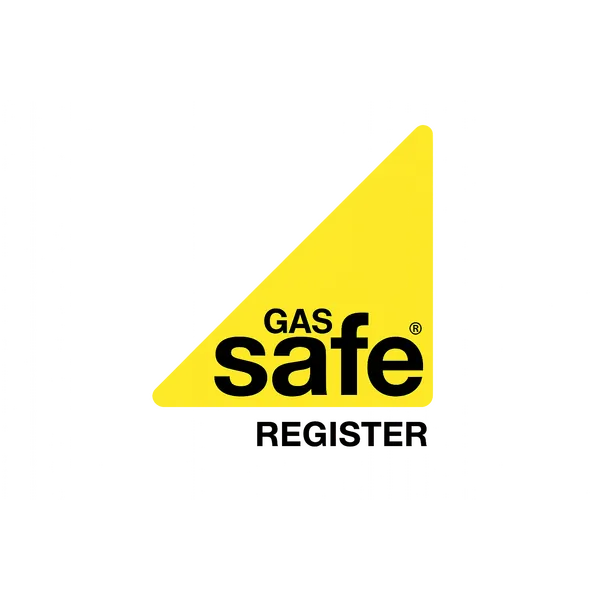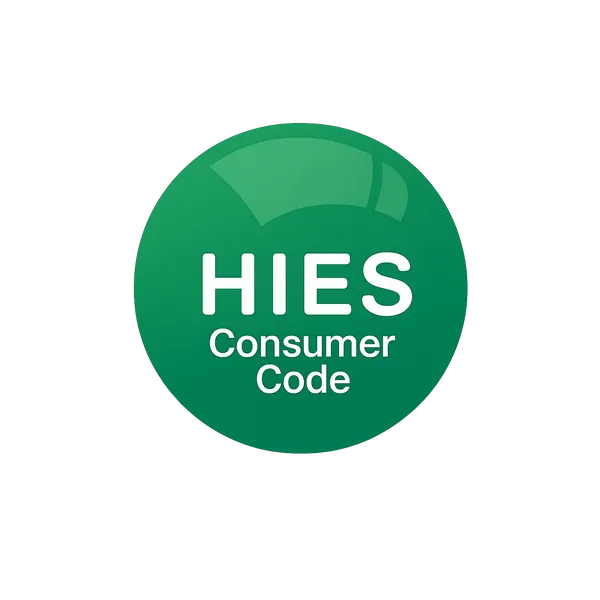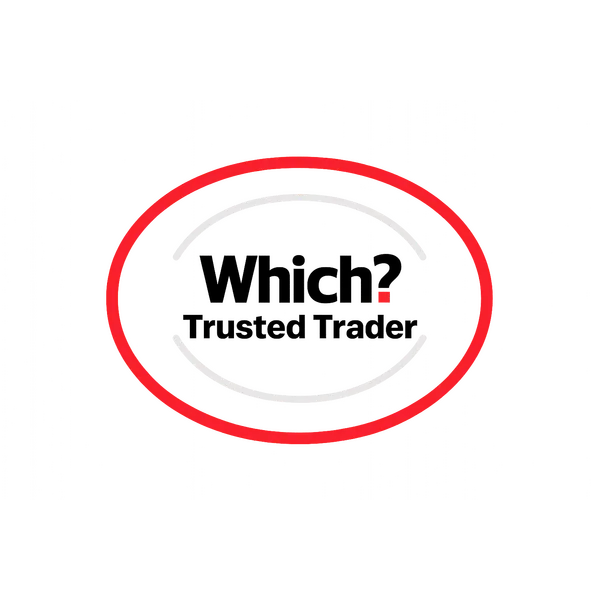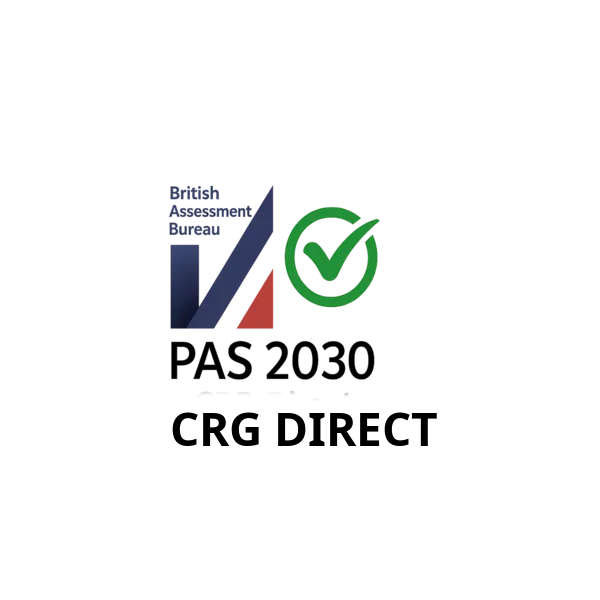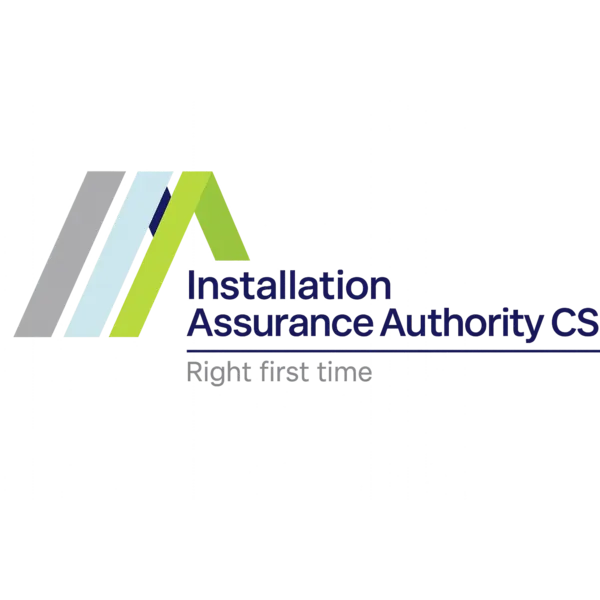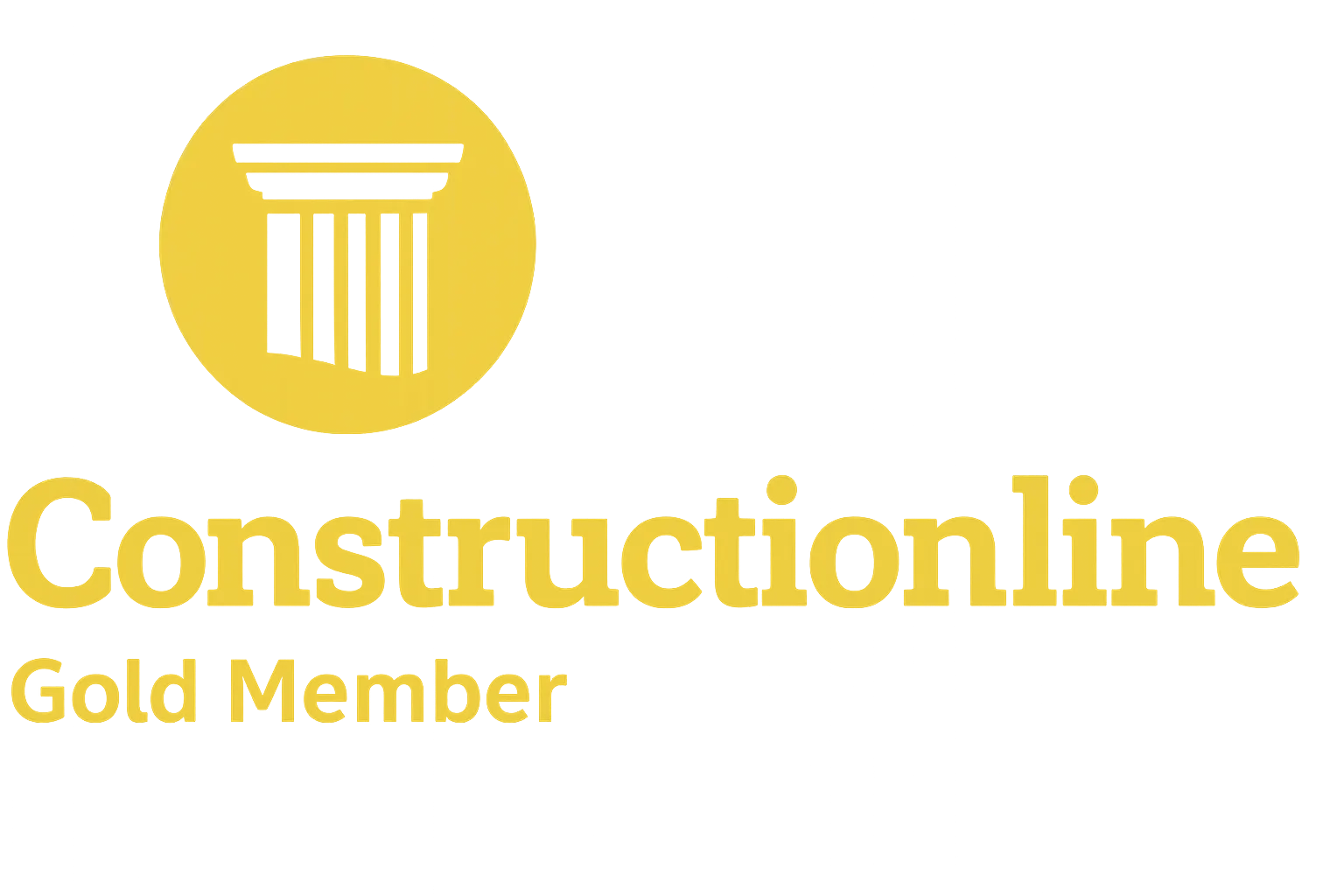Do Solar Panels Need to Face South?
If you're thinking about installing solar panels, you've probably heard that they should face south. But is this really necessary for your solar panel system to work well? Let's break it down in simple terms for UK homeowners.
The Short Answer
No, solar panels don't NEED to face south, but south-facing panels do produce the most electricity in the UK. East and west-facing panels can still be highly effective, generating 85% of the output of south-facing systems.
Why South is Considered Best
Maximum Sun Exposure
In the Northern Hemisphere:
- The sun tracks across the southern sky
- South-facing panels receive most direct sunlight
- Peak generation aligns with peak sun hours
- Year-round optimization achieved
The Numbers
UK generation by orientation:
- South: 100% (optimal)
- South-East/South-West: 95%
- East/West: 85%
- North-East/North-West: 65%
- North: 55% (not recommended)
When East/West Works Well
Advantages of East/West Systems
Sometimes better than south:
- Morning/evening generation: Matches usage patterns
- Lower peak output: Easier on inverters
- Split arrays: Use multiple roof faces
- Reduced afternoon heat: Better efficiency
- Self-consumption: Often higher
Real-World Performance
East/West benefits:
- Generate earlier and later
- Spread production throughout day
- Better for home workers
- Suit time-of-use tariffs
- Lower installation angles possible
Understanding Solar Angles
Azimuth (Direction)
Compass bearing impacts:
- 180° (South): Optimal
- 135°-225°: Excellent
- 90°-270°: Good
- Outside range: Consider carefully
Combined with Tilt
Direction and angle interact:
- South at 35°: Perfect
- East/West at 20°: Very good
- North at any angle: Poor
- Flat with any direction: Acceptable
Maximizing Non-South Roofs
Optimization Strategies
Make the most of what you have:
- Use all available space: Quantity compensates
- Premium panels: Higher efficiency crucial
- Optimizers: Reduce shading impact
- Lower tilt angles: Better for E/W
- Battery storage: Capture all generation
Technology Solutions
Modern equipment helps:
- Power optimizers
- Micro-inverters
- Smart inverters
- Tracking systems
- Bifacial panels
Real UK Examples
Case 1: East/West Success
Birmingham home:
- 4kW east, 4kW west
- 8kW total system
- Generates 6,800 kWh/year
- Excellent self-consumption
- Very happy customer
Case 2: South-East Compromise
London property:
- SE-facing at 150°
- 5kW system
- Generates 4,750 kWh/year
- 95% of optimal
- Negligible difference
Financial Considerations
Cost vs Output
Non-south implications:
- Same installation cost
- 15% less generation (E/W)
- Payback 1-2 years longer
- Still excellent returns
- Often only option
Making It Worthwhile
Strategies for success:
- Install larger system
- Focus on self-consumption
- Add battery storage
- Use excess efficiently
- Monitor performance
Common Myths Debunked
"Only South Works"
Reality: East/West highly viable
"North Facing Impossible"
Reality: Generates 55%, sometimes worthwhile
"Must Have Perfect Angle"
Reality: Good enough is good enough
"Shade Ruins Everything"
Reality: Modern tech manages shade
Special Situations
Flat Roofs
Complete flexibility:
- Face any direction
- Optimize angle too
- Usually choose south
- East/West sometimes better
Multiple Roof Faces
Use what you have:
- Split arrays common
- Different orientations fine
- Single inverter possible
- Maximizes generation
Aesthetic Constraints
When appearance matters:
- Street-facing might not be south
- Use rear roof if better
- Consider all options
- Balance looks and output
Planning Considerations
Conservation Areas
Special rules may apply:
- Street visibility restrictions
- May force non-south installation
- Still usually viable
- Check local policies
Shading Factors
More critical than direction:
- Trees and buildings
- Seasonal variations
- Future growth
- Partial shade management
The Future of Solar Orientation
Technology Advances
Reducing orientation importance:
- Better low-light performance
- Improved cell efficiency
- Advanced inverters
- Smart optimization
Market Acceptance
Industry recognizing:
- East/West increasingly common
- Installers more experienced
- Customers seeing success
- Myths being dispelled
Making Your Decision
Assessment Priority
- Shading: Most important factor
- Roof condition: Must be suitable
- Orientation: Work with what you have
- Space: Maximize usage
- Budget: Balance all factors
Professional Advice
Experts consider:
- 3D modeling of options
- Actual generation predictions
- Financial projections
- Your specific needs
- Best configuration
International Comparisons
Other Countries
UK relatively flexible:
- Germany: 40% face E/W
- Netherlands: Many non-south
- Australia: North-facing ideal
- Similar success rates
Practical Tips
If Not South-Facing
Maximize your system:
- Get professional design
- Consider larger system
- Add monitoring
- Track actual performance
- Optimize usage patterns
Questions for Installers
Important queries:
- Generation predictions?
- Similar installations?
- Optimization options?
- Performance guarantees?
- Real output data?
The Bottom Line
While south-facing solar panels produce the most electricity, modern solar systems work effectively on east and west-facing roofs too. The 15% reduction in output is often offset by better self-consumption patterns and the fact that any solar is better than no solar.
Don't let perfect be the enemy of good. If your roof doesn't face south, you can still benefit significantly from solar panels. The key is proper system design, realistic expectations, and working with experienced installers who understand optimization strategies.
Conclusion
The question isn't really "Do solar panels need to face south?" but rather "How can I make solar work best for my home?" With UK electricity prices high and rising, even east or west-facing solar panels deliver excellent returns and environmental benefits.
Modern technology, smart design, and professional installation can make almost any roof orientation work for solar. The sun shines on all sides of your house - it's just a matter of capturing that energy effectively.
CRG Direct specializes in optimizing solar installations for all roof orientations. Our advanced modeling software shows exactly what your roof can generate, regardless of which way it faces. Contact us today for an honest assessment of your solar potential - you might be pleasantly surprised by what's possible.






